Factoring Genetics into Racing Pigeon Breeding
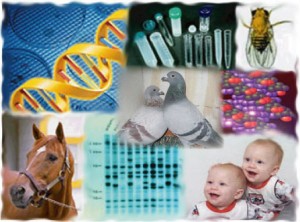 Learning and understanding the genetics of racing pigeons is crucial to the successful breeding of the birds. There are genetic traits that you know desire and need to introduce to the gene pool of your loft. You need to know just what you want.
Learning and understanding the genetics of racing pigeons is crucial to the successful breeding of the birds. There are genetic traits that you know desire and need to introduce to the gene pool of your loft. You need to know just what you want.
Another important area is in linebreeding. Linebreeding is a powerful way to intensify the genetic traits of your loft. If you want success in improving your pigeon family, it is best to study both genetics and linebreeding and apply this knowledge to your breeding program.
Linebreeding vs. Random Inbreeding
Nothing will deteriorate a loft family faster than random inbreeding. The cardinal rule is to never breed pigeons from more than two generations unless they have been tested thoroughly. However, with inbreeding, pairing birds to bring out a common inheritance will only improve the genetic pool of your loft.
This goes back to the founding pigeon of the great families of pigeons. These founding pigeons possess special gene combinations which are then passed on to their babies. Pairing the right birds in linebreeding will very often result in a resurrection of a high percentage of the original gene combinations.
Breeding Coefficient
Aim for a breeding coefficient between 28 -37% when pairing two birds that are related. This appears to be the ideal for producing not only a very high number of good breeders but also a high number of above average quality racing pigeons. It is through racing that breeders are discovered.
Exceptional breeders are often found in good or even just adequate racers with a breeding coefficient of 28 to 35 or 37%. Over 20 years of study has led to the conclusion that finding the right coefficient and breeding to that coefficient (related birds) is certainly the way of succeeding from one generation of birds to subsequent generations in the breeding loft.
Genetic Purity
Seeking to breed only genetically ‘pure’ birds is near futile from a scientific point of view. To achieve genetic purity, you would have to start with inbred stock and then breed brother to sister for five generations or more. However, there is some merit to the belief that better results are achieved by working only with linebred or inbred stock. But, it really comes down to the fact that the combination of the individual bird with the partner bird is what gives you the racing or breeding coefficients you’re seeking.
We will continue this discussion of factoring genetics into your breeding by using the story of the Meulemans pigeons as examples of the importance of pairing in linebreeding.

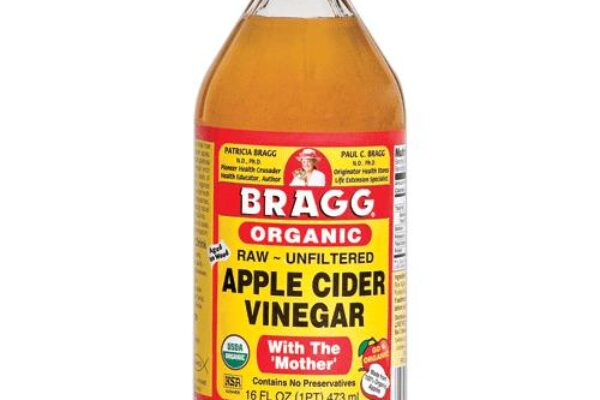
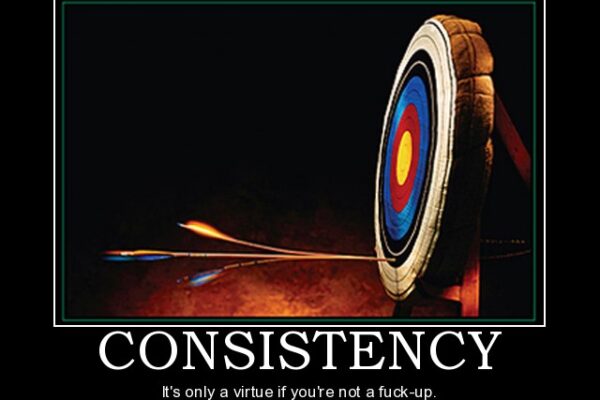
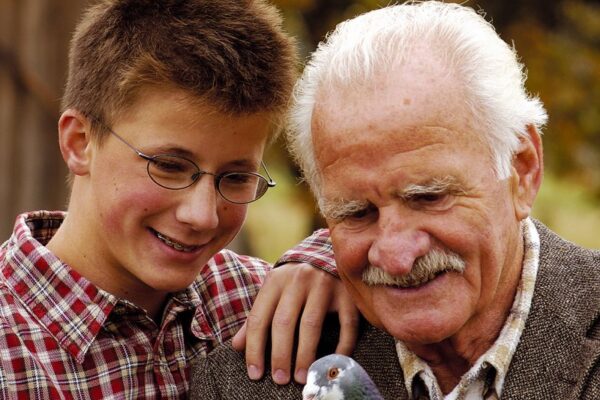

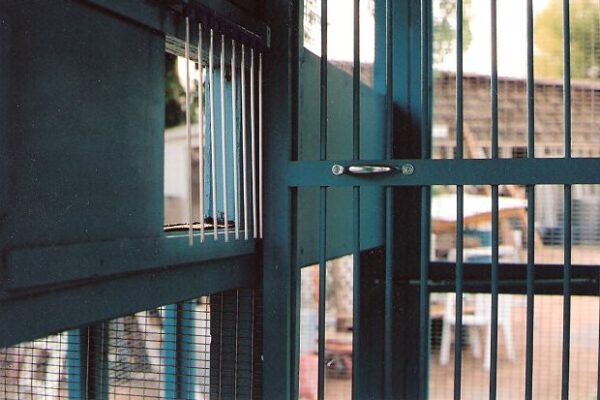
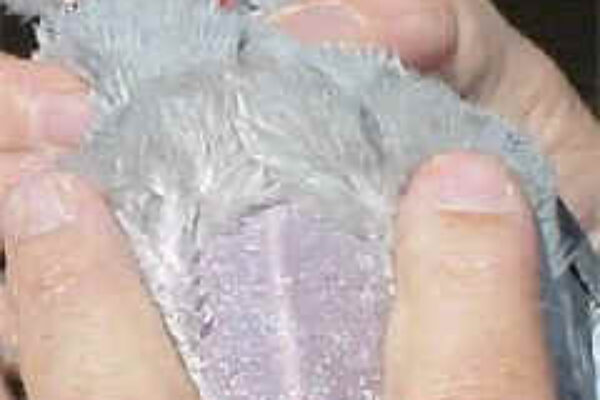


tnx sir